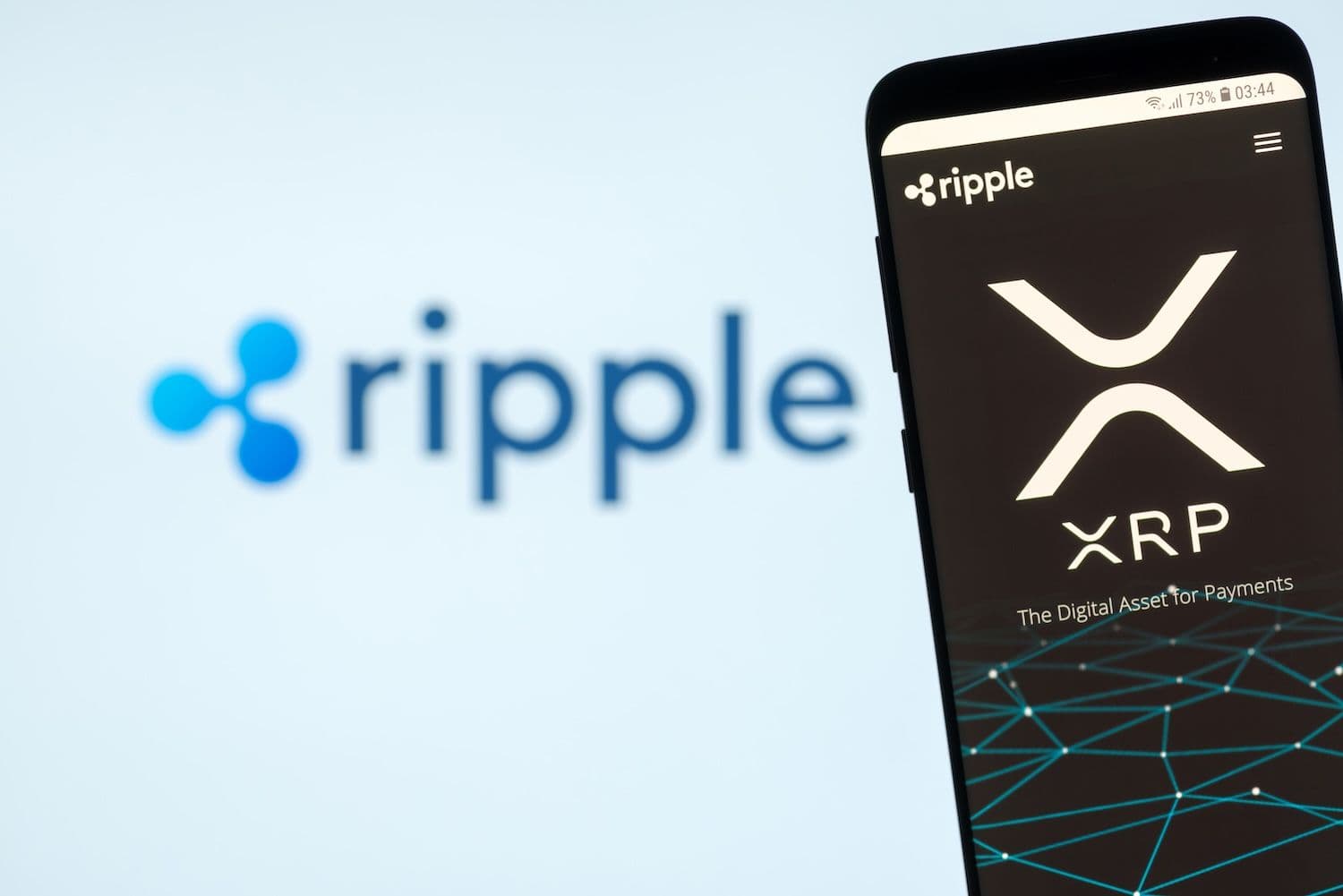The XRP Ledger has activated its credentials amendment, introducing native identity verification capabilities designed to streamline compliance processes for financial institutions. XRP validator Vet confirmed the amendment's activation, marking a significant step in Ripple's strategy to position the network as a primary infrastructure for asset tokenization and institutional blockchain adoption.
What to Know:
- XRP Ledger's credentials amendment enables native KYC and AML compliance verification directly on-chain, eliminating manual account approval processes
- The update supports Ripple's broader goal to capture part of the tokenized asset market, which the company projects will reach 10% of global assets by 2030
- The credentials system allows businesses to define compliance requirements while users store verified credentials in their XRP Ledger accounts for seamless verification
Technical Infrastructure Streamlines Verification Process
The credentials amendment represents a fundamental shift in how blockchain networks handle regulatory compliance. Traditional verification systems require users to undergo multiple identity checks across different platforms, creating inefficiencies and privacy vulnerabilities. The new XRP Ledger system consolidates this process into a single, on-chain verification mechanism.
Ripple engineer Kenny detailed the technical framework in a recent explanation.
Businesses can now define specific compliance requirements, such as Know Your Customer protocols, while trusted issuers create and digitally sign credentials. Users accept and store these verified credentials directly in their XRP Ledger accounts.
The system operates through a streamlined verification flow. When users interact with compliant businesses, credentials are automatically checked on-chain without requiring repeated verification processes. This approach reduces both the time burden on users and the privacy risks associated with sharing sensitive information across multiple platforms.
Strategic Push Toward Institutional Finance Integration
The credentials amendment forms part of Ripple's broader compliance infrastructure development. XRP validator Vet indicated that permissioned domains and permissioned decentralized exchanges represent the next development priorities. These features aim to create a comprehensive regulatory framework that meets traditional finance standards while maintaining blockchain efficiency.
Ripple's institutional focus aligns with the company's projection that tokenized assets will represent 10% of global wealth by 2030.
The credentials system positions XRP Ledger to compete for a portion of this emerging trillion-dollar market by addressing regulatory concerns that have historically limited institutional blockchain adoption.
The amendment enables decentralized identity management while satisfying compliance requirements that financial institutions face under current regulatory frameworks. This dual capability allows institutions to leverage blockchain benefits without compromising their adherence to existing financial regulations.
Understanding Blockchain Compliance Technology
The credentials amendment introduces several key technological concepts to XRP Ledger operations. Know Your Customer requirements mandate that financial institutions verify customer identities before providing services. Anti-Money Laundering protocols require ongoing monitoring of financial transactions to prevent illicit activities.
Decentralized identity systems allow users to control their personal information while proving credentials to service providers. Traditional centralized systems require users to trust third parties with sensitive data storage and management.
Blockchain-based identity solutions enable users to maintain control over their information while still meeting verification requirements.
Tokenization converts real-world assets into digital tokens that can be traded on blockchain networks. This process enables fractional ownership, increased liquidity, and automated compliance through smart contracts. The XRP Ledger's new compliance infrastructure positions the network to support institutional tokenization initiatives.
Market Positioning and Future Development
Ripple's compliance-focused updates reflect broader industry trends toward regulatory clarity and institutional adoption. Major financial institutions have expressed interest in blockchain technology while citing regulatory uncertainty as a primary adoption barrier. The XRP Ledger's native compliance tools directly address these institutional concerns.
The credentials system differentiates XRP Ledger from competitors by eliminating the need for third-party compliance solutions. This integrated approach potentially reduces operational complexity and costs for institutions considering blockchain implementation. The native verification system also maintains transaction privacy while meeting regulatory transparency requirements.
Closing Thoughts
The XRP Ledger's credentials amendment activation marks a significant development in blockchain compliance infrastructure. By enabling native identity verification and regulatory compliance, Ripple positions its network to attract institutional adoption while pursuing its vision of capturing substantial market share in the emerging tokenized asset economy.

